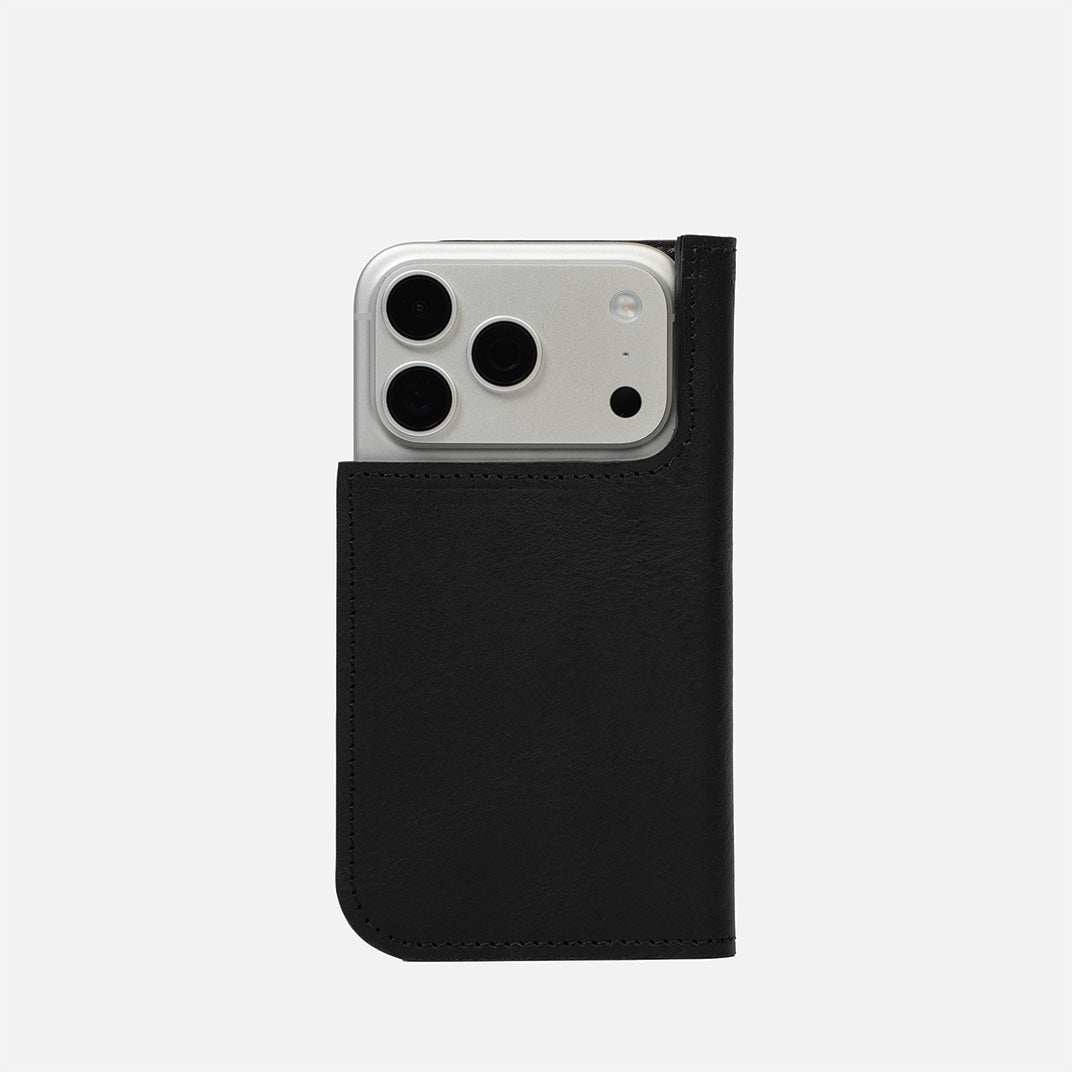MagSafe, el sistema de carga inalámbrica desarrollado por Apple, ha generado conversaciones sobre sus posibles efectos en la salud de las baterías de iPhone.
La principal preocupación gira en torno al calor producido durante el proceso de carga. Es bien sabido que el calor excesivo puede deteriorar la salud de la batería con el tiempo. Sin embargo, es crucial comprender que su iPhone puede calentarse debido a diversas actividades, no solo durante la carga. Actividades como jugar juegos de alto rendimiento, usar la navegación GPS o grabar videos en alta definición pueden elevar significativamente la temperatura de su iPhone.
Aunque es cierto que MagSafe puede producir más calor que la carga por cable convencional, Apple ha incorporado medidas para controlar esto. Por ejemplo, si el iPhone detecta un sobrecalentamiento durante el proceso de carga MagSafe, puede ajustar la velocidad de carga para reducir la producción de calor. Además, el iPhone está equipado con un sistema integrado de gestión térmica que garantiza que el dispositivo se mantenga dentro de una temperatura de funcionamiento segura.
Así, aunque la carga MagSafe puede hacer que su iPhone se caliente más que con la carga por cable estándar, no necesariamente es perjudicial para la salud de su batería, especialmente si sigue las prácticas recomendadas de cuidado de la batería.
Aquí hay algunos consejos respaldados por usuarios e investigaciones para ayudar a prolongar la vida útil de la batería de su iPhone:
Avoid Extreme Charging Practices: Aim to keep your iPhone's battery level between 20% and 80%. Charging to 100% or letting it drain completely can stress the battery and degrade its health over time.
Use Optimized Battery Charging: This feature learns your daily charging routines and slows down battery charging to 80% until you need to use it.

Manage Heat: Avoid exposing your iPhone to high temperatures, and refrain from activities that can cause your iPhone to heat up for prolonged periods.
Monitor Battery Health: Regularly check your iPhone's battery health in the settings. If you notice a significant decrease in the maximum capacity or if your iPhone needs to perform peak performance capability, it might be time to think about replacing the battery.
Calibrate Your Battery: If you perceive that your iPhone's battery percentage appears inaccurate, you might need to calibrate your battery. This process involves entirely draining the battery and then charging it back up to 100%.
Bear in mind, all batteries inherently degrade over time due to internal chemical reactions. However, by sticking to these practices, you can slow down this process and extend your iPhone's battery life.
A research paper titled "Li-ion Battery Reliability – A Case Study of the Apple iPhone®" by Yongquan Sun, Lingxi Kong, Hassan Abbas Khan, and M. Pecht, offers several insights into the factors that contribute to the degradation of iPhone batteries, including those charged with MagSafe. The study highlights that not all battery reliability issues can be attributed to normal battery degradation; battery manufacturing defects and high C-rate applications are also identified as contributors to battery reliability and performance issues.
The performance and reliability of batteries installed in products often differ significantly from batteries in predefined laboratory test settings. The current and power delivered from the batteries depend on the usage demands of the products and their applications. As the usage (discharge) profile and environmental conditions for a battery deviate from laboratory experiments, the performance may significantly deviate from predicted behaviors.
In conclusion, while MagSafe charging can produce more heat than traditional wired charging, it's not the only factor that can affect your iPhone's battery health. Other factors such as manufacturing defects, high C-rate applications, and the overall usage and environmental conditions of your iPhone can also contribute to battery degradation. Therefore, it's essential to follow good battery health practices and be mindful of how you use and charge your iPhone.




